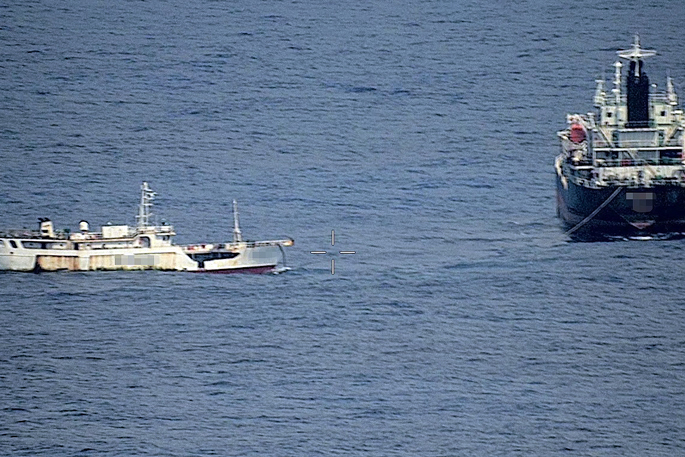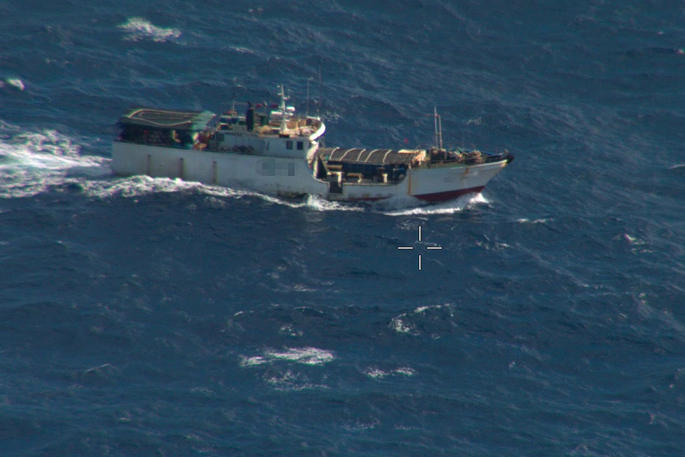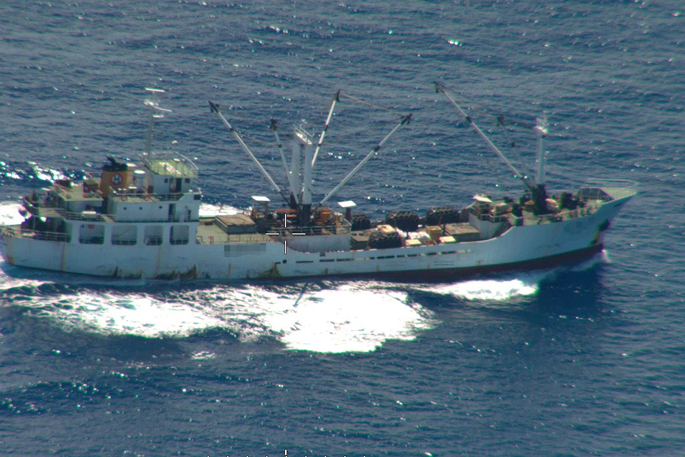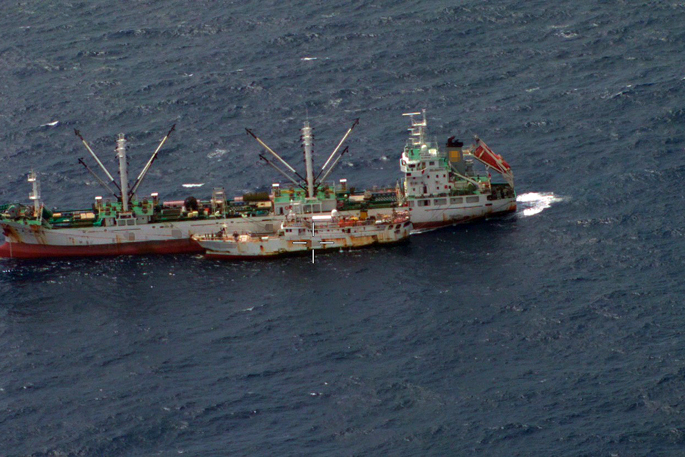A Royal New Zealand Air Force P-8A Poseidon surveillance crew has clocked up around 9000 nautical miles monitoring fishing activities in the exclusive economic zones of the Cook Islands, Fiji, Tokelau, Tonga and Tuvalu.
Predominantly crewed by No. 5 Squadron Training Flight instructors and students, they were part of a multinational contribution to the illegal, unregulated and unreported fishing monitoring Operation Tui Moana for the Forum Fisheries Agency.
Thirty-eight vessels - fishing vessels, merchant vessels and pleasure craft - were recorded by the Poseidon crew and reported to the FFA.
Air Component Commander Air Commodore Andy Scott says it was a great opportunity to have the students working on the Poseidon in a real-world operation.

“Airborne surveillance and reconnaissance for maritime security, fisheries monitoring and search and rescue are key tasks for No. 5 Squadron, and the new P-8A provides even greater range and capabilities for these tasks.
“The flight instructors and students joined the operation as part of our training to ensure the squadron is at full strength in qualified aircrew.”
Nine FFA Members (Australia, Cook Islands, Fiji, New Zealand, Niue, Samoa, Tokelau, Tonga and Tuvalu) participated in the operation alongside technology partners, assets and personnel from the Pacific Quadrilateral Defence Coordination Group (QUAD), which is made up of Australia, France, New Zealand and the United States), in an area of around six million square kilometres.

The covered an area approximately the size of Australia.
The operation placed an emphasis on boarding activities, cooperative surveillance engagements amongst FFA Members and the Pacific QUAD countries, and the use of remote sensing information to drive the intelligence-led operation.
There were more than 500 vessel contacts during the operation using air, surface and remote-sensing platforms, with 80 boardings carried out in port and at sea.




0 comments
Leave a Comment
You must be logged in to make a comment.